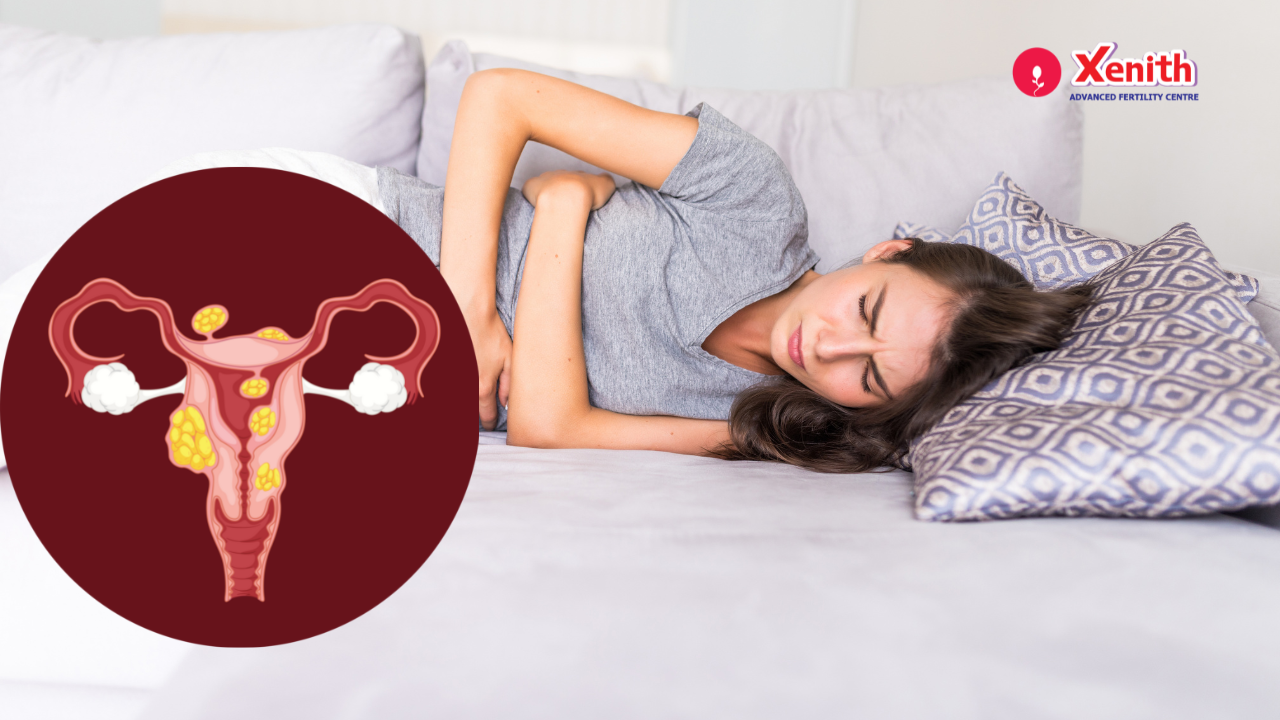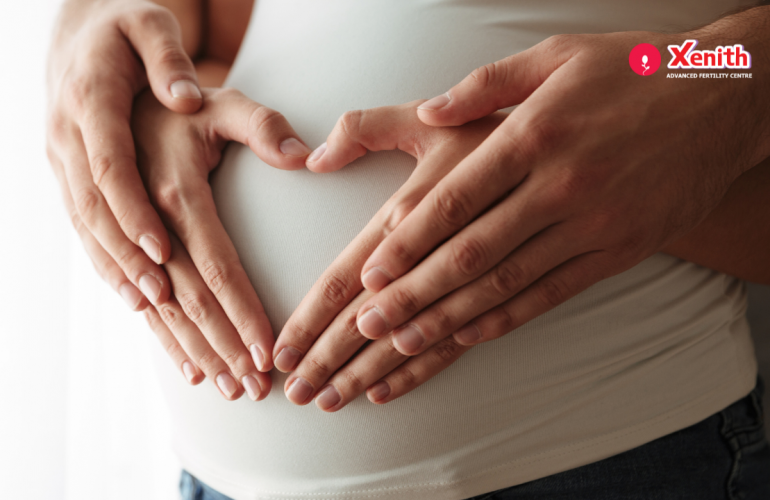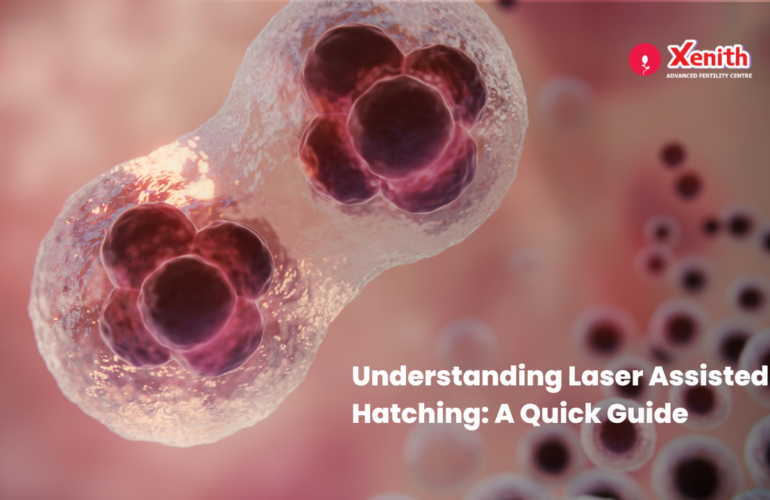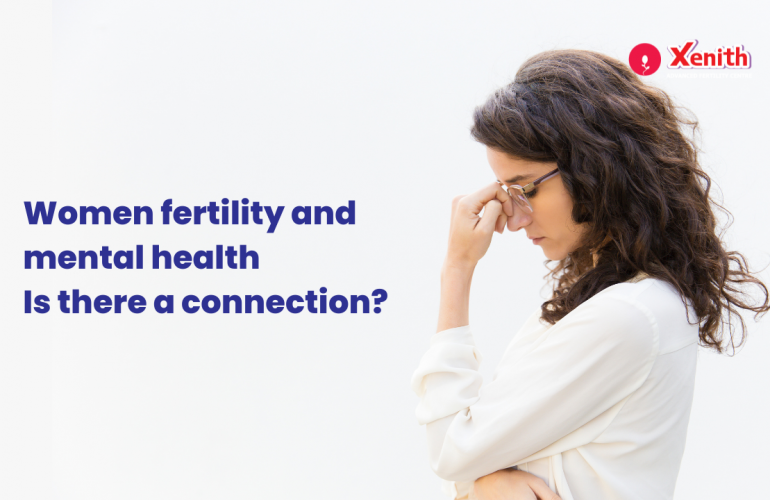Understanding Uterine Fibroid Effects in Pregnancy, Sizes, and Treatment Options
Uterine fibroids, also known as leiomyomas, are common non-cancerous growths that develop in or on the wall of a woman’s uterus. These growths vary in size, ranging from as small as a pea to as large as a melon, and can significantly impact a woman’s health and pregnancy experience depending on their size and location. This article explores the effects of fibroids in pregnancy, their sizes, and treatment options to help you make informed decisions.
What Are Uterine Fibroids?
Uterine fibroids are abnormal growths made up of muscle and fibrous tissue. They are typically benign and often go unnoticed until symptoms develop or during routine ultrasounds, particularly in pregnant women. Fibroid size can also influence their impact, with larger ones posing greater risks to fertility and pregnancy.
Types of Uterine Fibroids may affect in pregnancy
Fibroids are classified based on their location in the uterus:
a = Subserosal Fibroids: Grow on the outer uterine wall. During pregnancy, these may cause bloating, abdominal pain, or pressure on surrounding organs.
b = Intramural Fibroids: The most common type, growing within the uterine wall. They can lead to heavy periods, pelvic pain, and lower back discomfort.
c = Submucosal Fibroids: Develop under the uterine lining and may grow into the uterine cavity. These are more likely to interfere with fertility and cause severe menstrual symptoms.
d = Pedunculated Fibroids: Attached to the uterine wall by a stalk, these can grow inside or outside the uterus. If they twist, they can cause significant pain.
e = fibroid in statu nascendi
f = intraligamental fibroid
Fibroid Size and Its Impact in Pregnancy
The size of a fibroid is often described in terms of pregnancy weeks, such as a 14-week-sized fibroid.
- Small Fibroids (< 5 cm): Generally have little to no impact on pregnancy.
- Large Fibroids (> 5 cm): May compress the uterine cavity, restrict fetal growth, or complicate delivery.
What Size of Fibroid Is Normal?
While there’s no standard “normal” size, fibroids smaller than 3-5 cm often don’t require treatment unless they cause symptoms. However, fibroids larger than 5 cm may need removal, especially before attempting conception.
Fibroids in Pregnancy: Complications and Concerns
Most fibroids remain asymptomatic during pregnancy, but certain types and sizes can lead to complications:
- Fetal Growth Restriction: Large fibroids occupying the uterine cavity may limit space for fetal development.
- Placental Problems: Fibroids near the uterine wall may cause the placenta to detach, reducing oxygen and nutrients to the fetus.
- Preterm Labor: Pain from fibroids may trigger early uterine contractions.
- Cesarean Delivery: Fibroids in the lower uterus can obstruct the birth canal, necessitating surgical delivery.
- Miscarriage Risk: Submucosal fibroids growing inside the uterine cavity increase the risk of pregnancy loss.
Symptoms of Uterine Fibroids
Many women with fibroids experience no symptoms. However, common signs include:
- Heavy or painful periods
- Anemia due to excessive bleeding
- Pressure or pain in the lower abdomen
- Bloating or pelvic discomfort
- Pain during sex
- Frequent urination due to bladder pressure
- Infertility or miscarriage
Treatment Options for uterine fibroids when pregnancy
Treatment for fibroids depends on their size, location, and symptoms. It’s advisable to address problematic fibroids before attempting pregnancy.
Before Pregnancy
- Hormonal Therapy: Temporarily shrinks fibroids but doesn’t eliminate them.
- Uterine Fibroid Embolization (UFE): Blocks blood flow to fibroids, causing them to shrink.
- Myomectomy: Surgical removal of fibroids, either laparoscopically or via hysteroscopy.
- Hysterectomy: Complete removal of the uterus is recommended only for women who have completed childbearing.
During Pregnancy
Treatment is generally limited to managing symptoms, such as pain relief and hydration, as surgical interventions are avoided. Bed rest may be advised in severe cases.
FAQs About Fibroids with Pregnancy
Q: Can fibroids affect pregnancy?
A: Yes, fibroids—particularly large or submucosal fibroids—can affect fertility, increase the risk of miscarriage, and lead to complications during delivery.
Q: Which size of fibroid is normal?
A: Small fibroids (< 5 cm) are typically considered manageable, but larger fibroids (> 5 cm) may require treatment.
Q: Do fibroids shrink after pregnancy?
A: Many fibroids reduce in size postpartum due to hormonal changes.
Conclusion
While uterine fibroids are common, their impact on pregnancy varies based on their size and location. It’s essential to monitor fibroids closely and seek medical advice, especially when planning to conceive. At Xenith Advanced Fertility Centre, our specialists provide comprehensive care for fibroid management and fertility treatments. If you’re concerned about fibroids and their effect on your pregnancy, book a consultation today.





